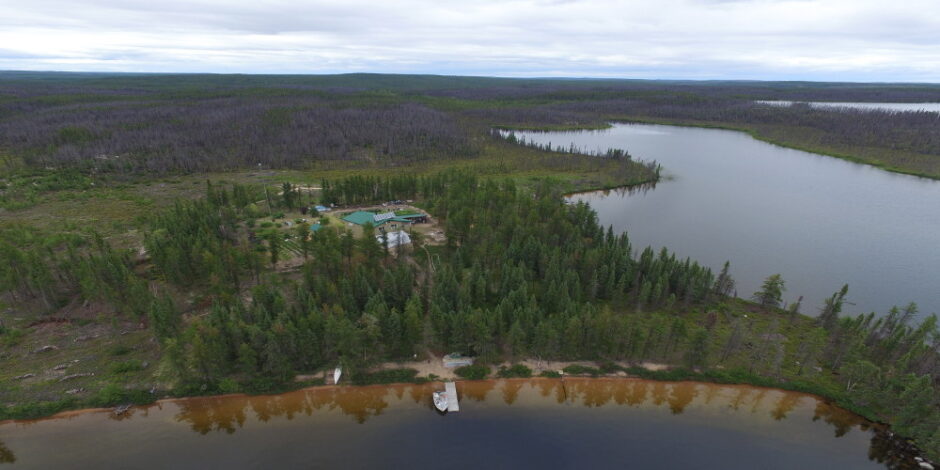I’ve written numerous articles regarding the basics; what to look for in a homestead site as well as options for the homestead water supply. At this point, I’d like to tie things together a bit. Let’s call it the homestead plan.
For someone just starting out with an existing property or for those who are still contemplating an off-grid homesteading lifestyle, the transition can seem daunting. How do I get started and what do I tackle first?
Questions to Think About
Presumably, while searching for your homestead plot, you have taken some of my suggestions from my earlier post Selecting Your Homestead Site to heart, and you have made the exciting purchase of a piece of land. The following questions will hopefully further define exactly what you wish to accomplish with your property now that you own it and how best to set everything up. For those with an existing house in the country who wish to be more self-reliant, the same questions will apply.
Do you want this homestead to be off-grid? Solar, wind, water powered or a combination of them? In essence- a hybrid system. If not, where are your power and utilities going to come from? What is a practical distance utilities can be run from the road? Do you want animals? What kinds? Just a few hens or do you want a Noah’s ark with two of everything including dairy critters? How big of a garden do you envision? Just a small salad patch, one big enough for fresh summer time eating only or one big enough to provide you with food for a year? Orchard, do you want one?
Hopefully you have a woodlot. Do you want the woodlot to just be a source of firewood for stoves? Or maybe a source of income from selling some sawlogs too? Perhaps it could be a source of sugar in the form of maple or birch syrup?
Do you desire to grow your own grains for yourself or for animal feed? Speaking of animal feed, do you intend to establish pasture and hay fields? Do you want to sell extra produce or grains at your own stand or a farmers’ market to supplement your homestead’s income?
Do you have a stream or pond or wish to have a pond dug for wildlife habitat or for perhaps stocking with suitable fish to occasionally supplement your food? Are you interested in a grey water system or a full conventional septic system? What do zoning regulations stipulate for your homestead’s location? Is access from the public road to your home site going to be a problem during the winter or mud season? Depending on whether a driveway exists or not, you may even need to build one. Either way, being able to get to your homestead regardless of season will need to be considered.

Newly Dug Pond at the Maine Homestead
We will continue to tackle each of these questions in more detail in subsequent posts but for now, we want to at least map out the homestead. A well laid out homestead is one that is practical and matches what is being envisioned. A good game plan will also allow for future, inevitable expansion such as when you are having so much fun you wish to make the garden or orchard bigger.
The layout of your homestead and the property you have chosen will to a large extent, depend on the answers to the above questions as well as the assets your property has to offer. If it is purely a chunk of land with no driveway or old buildings, you will have to walk it thoroughly to get a good idea of the lay of the land. Hopefully you did that to some extent before buying it, but now is the time to really assess your purchase and determine how best to convert the land into your garden of Eden.
In your head, make mental notes or better yet, draw a map showing where the property lines are. Zoning regulations will require certain elements be set back from any property lines so you’ll need to know where your lines are. Indicate on your map where water in the form of ponds, streams and/or bog are located. Where are the low spots that might be prone to flooding? Are there any knolls and high ground? Where is it practical to clear the ground of trees and stumps for an orchard and garden? Or maybe there’s already a nice clearing or relatively open spot for these areas as well as the house? If there’s no existing driveway, don’t forget to draw its proposed route on your map. In essence, you are trying to mentally map out where all the elements of your new homestead will go.

Road Building to My Maine Homestead
Tomorrow, I’ll immediately follow up with multiple suggestions for making an overall homestead plan. I’ll also entertain you with a story about one of the biggest mistakes I made in my early homesteading career.
Until tomorrow, keep the dream alive! We wish you a great day!
Ron and Johanna
If you found our site and this post of value, would you please click the “Top Prepper Sites” link in the right hand column to vote for us. Thank you so much!
Please subscribe to our blog if you would like email notification of new posts.


Pingback: Our New Off-Grid Homestead is Underway! - Off Grid and Free: My Path to the Wilderness